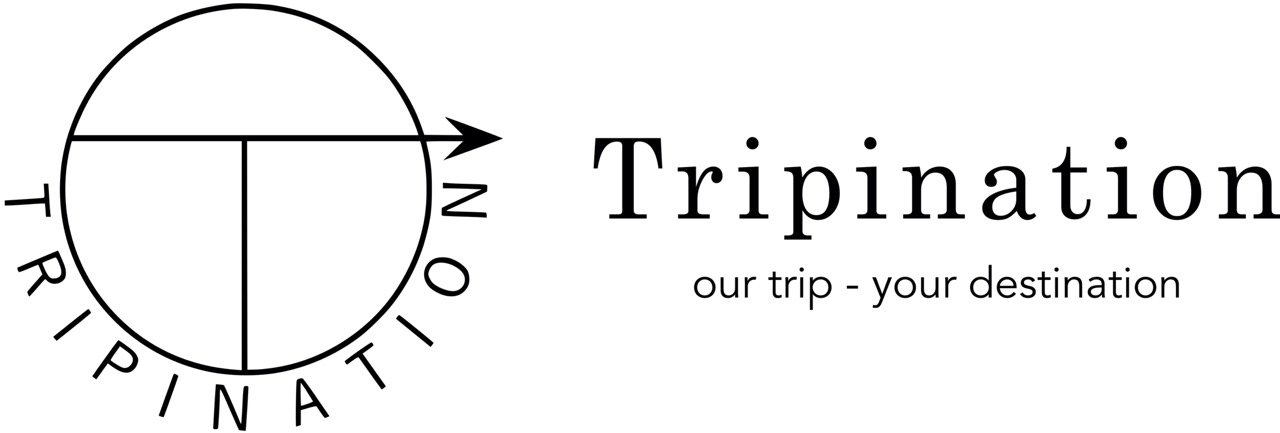We have neglected Baden-Württemberg. I admit it. On our camper tour through Germany, the south-west of Germany, which impresses with its picturesque landscapes and is characterized by a strong economy and cultural diversity, was hard ignored. But let’s make up for it and start with four highlights in Baden-Württemberg that you should see.
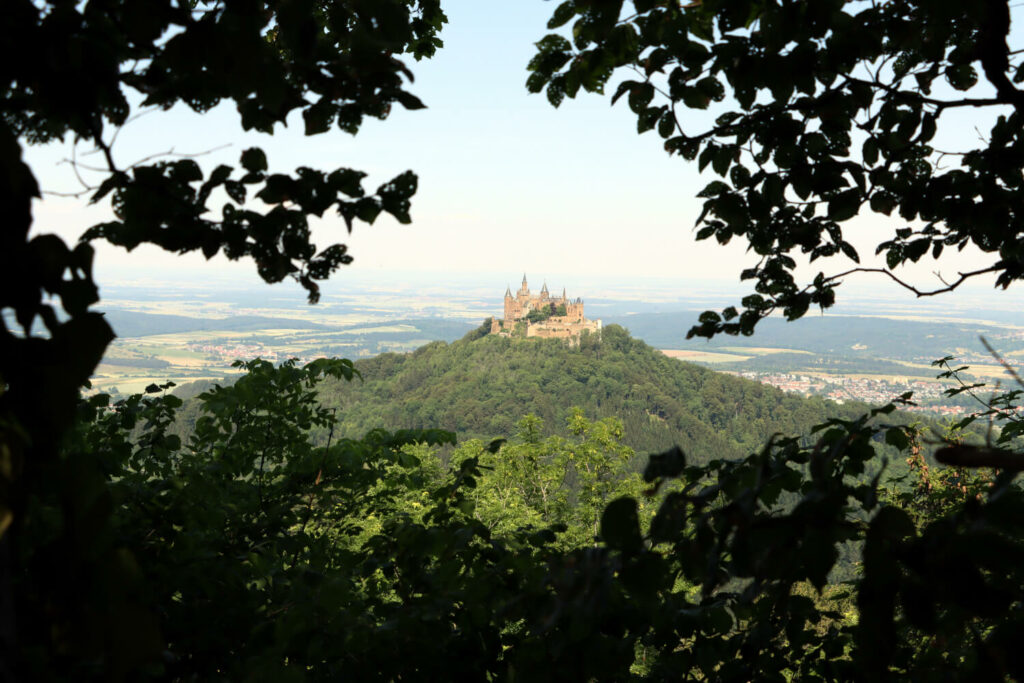
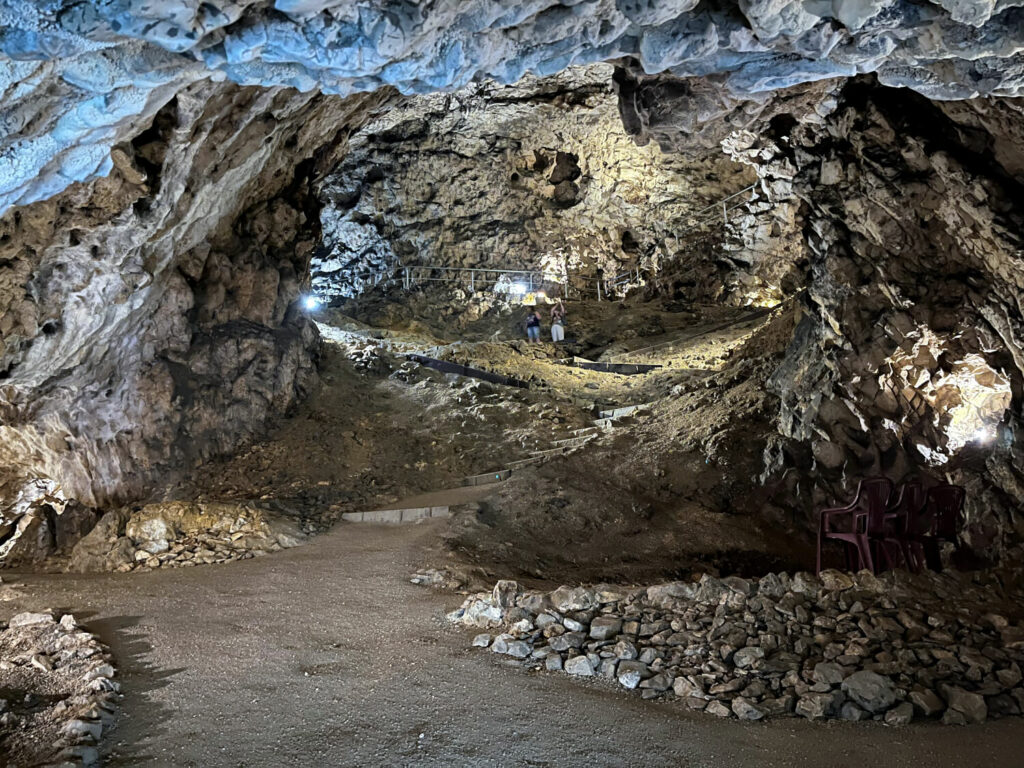
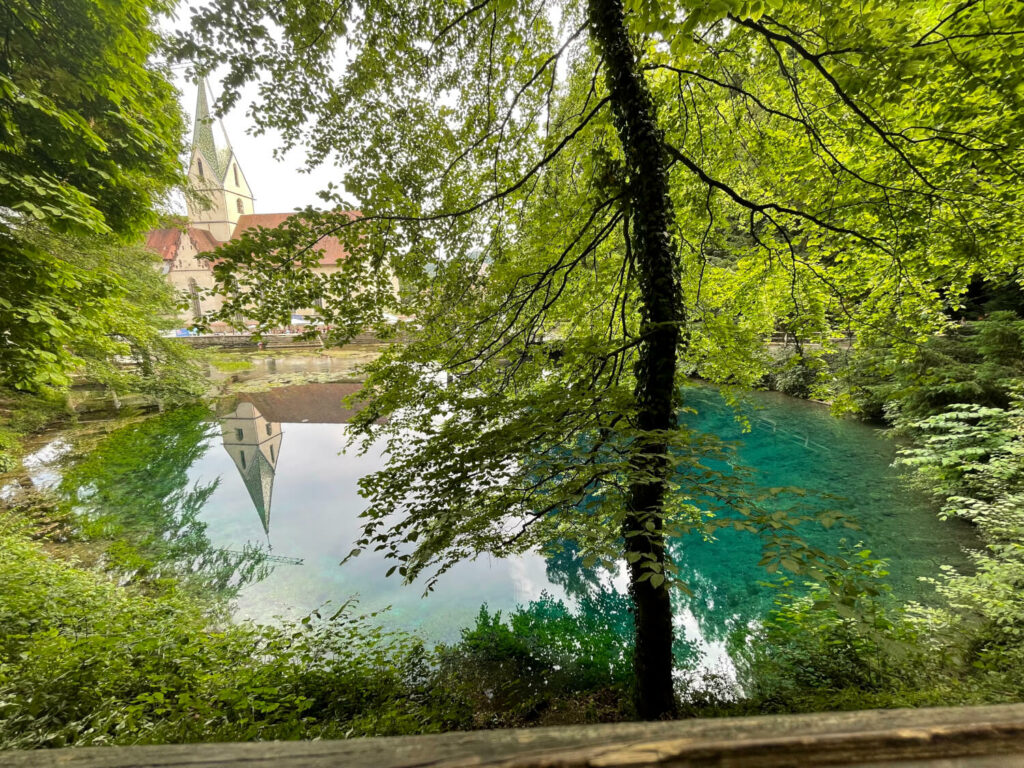
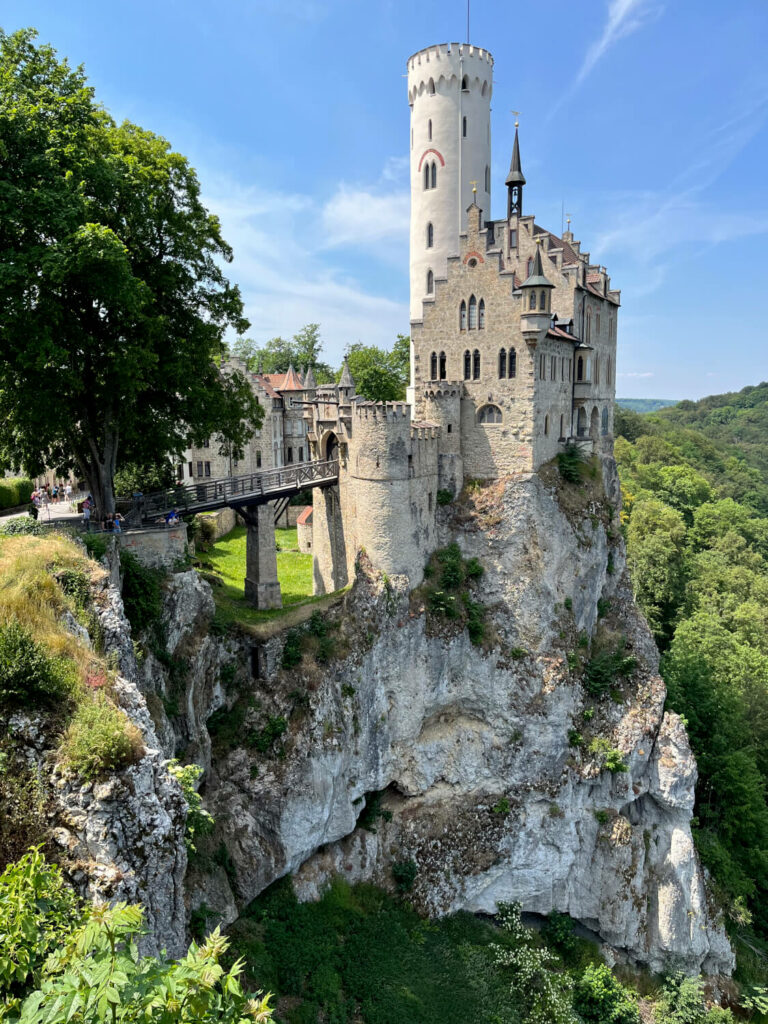
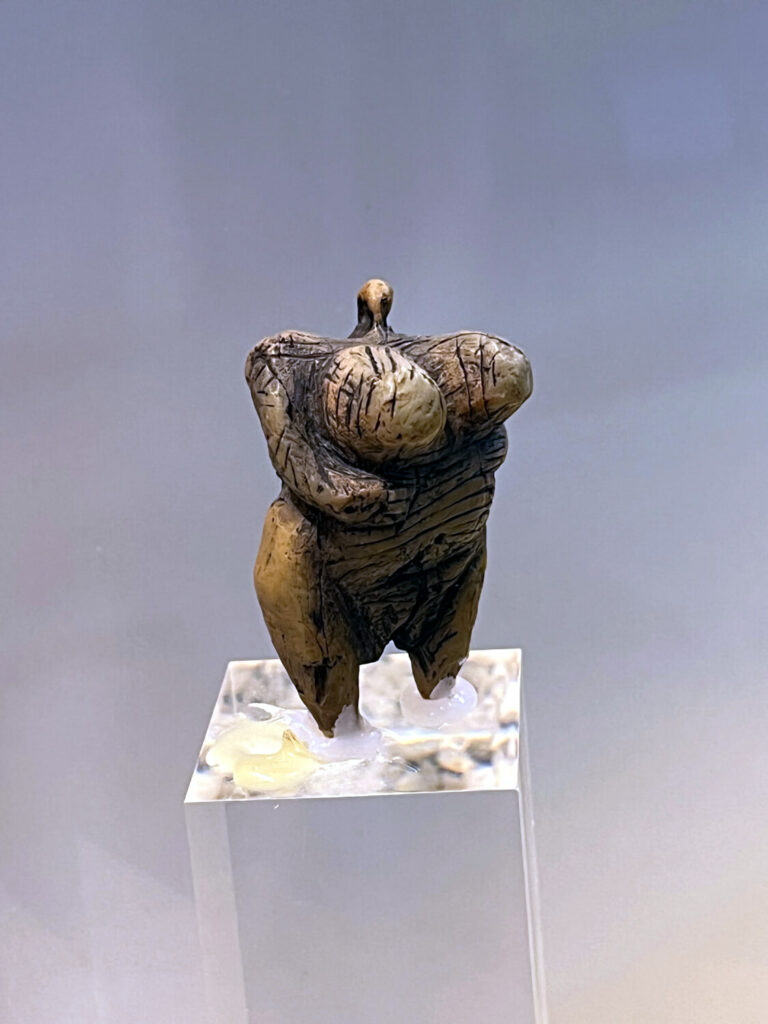
Hohenzollern Castle
The first stop on our day trip through Baden-Württemberg was Hohenzollern Castle. Hohenzollern Castle, majestically situated on the mountain of the same name in Baden-Württemberg, is an imposing castle complex that looks back on a long history of the Hohenzollern dynasty; it impresses with its stunning architecture, houses a variety of historical artifacts and offers breathtaking views over the surrounding countryside.
We parked in the Zollersteighof parking lot next to the mountain hotel and then walked through the forest for about 20 minutes until we saw the imposing panorama, including the castle, from the forest clearing on the Zellerhorn summit. If you’re wondering where you can get the best view of Hohenzollern Castle, now you have the answer.
Lichtenstein Castle
Lichtenstein Castle, also known as the “fairytale castle of Württemberg”, is located on a picturesque hill in Baden-Württemberg and was our second stop on this summer’s day. With its fairytale architecture in the style of a knight’s castle, it was built in the 19th century and offers an impressive view over the Echaz valley; it is a popular excursion destination that combines history and a magical atmosphere.
After the cheerful parking attendant took €2 from us for the parking space (payment by credit card is not possible, as I found out when I asked), we bought admission tickets for the castle courtyard for €4 per person. Guided tours of the interior are available for €12 per person. The inner courtyard is a manageable size and therefore offers an entertaining experience. The picturesque view of the Wilhelmsturm is well worth the entrance fee.
Hohle Fels Schelklingen
The Hohle Fels in Schelklingen, our third stop, is an archaeological site of outstanding importance. Prehistoric works of art, including the oldest figurative art known to mankind, have been discovered here in the form of Ice Age sculptures and artifacts. The finds date back up to 40,000 years and offer insights into the way of life and artistic expressions of early human communities.
The highlights of the UNESCO World Heritage Site are the female figure “Venus from the Hohle Fels”, the oldest sculptural representation of a human being, and the oldest musical instrument in the world. Both finds are over 40,000 years old. You can marvel at both artifacts (as replicas) for €4.50 directly at the excavation site in the Achtal valley.
Blautopf in Blaubeuren
The Blautopf in Blaubeuren, our fourth and final destination, is a fascinating natural spring that forms one of the largest and deepest karst spring pools in Germany. A clear, deep blue water, combined with the surrounding landscape, creates an idyllic backdrop. The Blautopf is not only scenic, but also culturally significant, with various myths and legends associated with its formation.
For example, it is said that the blue color was created by the Smurfs washing their feet. Whether this is true – I don’t know. Neither is the story about Beauty Lau, who had to laugh five times to be freed from a curse. Unlike the Smurfs, however, you can take a souvenir photo with the Beautiful Lau – thanks to the statue.
And so ended our little tour of Baden-Württemberg and we hope we have done this beautiful federal state some justice.
Hohenzollern Castle is privately owned by the Hohenzollern family. This family has a long historical connection to the castle and to Germany. The Hohenzollerns are a German noble family that played a significant role in the history of the Holy Roman Empire and later in the history of Germany.
The highlights of the UNESCO World Heritage Site are the female figure “Venus from the Hohle Fels”, the oldest sculptural representation of a human being, and the oldest musical instrument in the world. Both finds are over 40,000 years old.
The water in the Blautopf has an unusually intense blue color. This is due to the high purity of the water and the special refraction of light.
